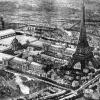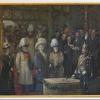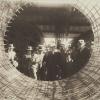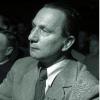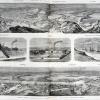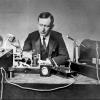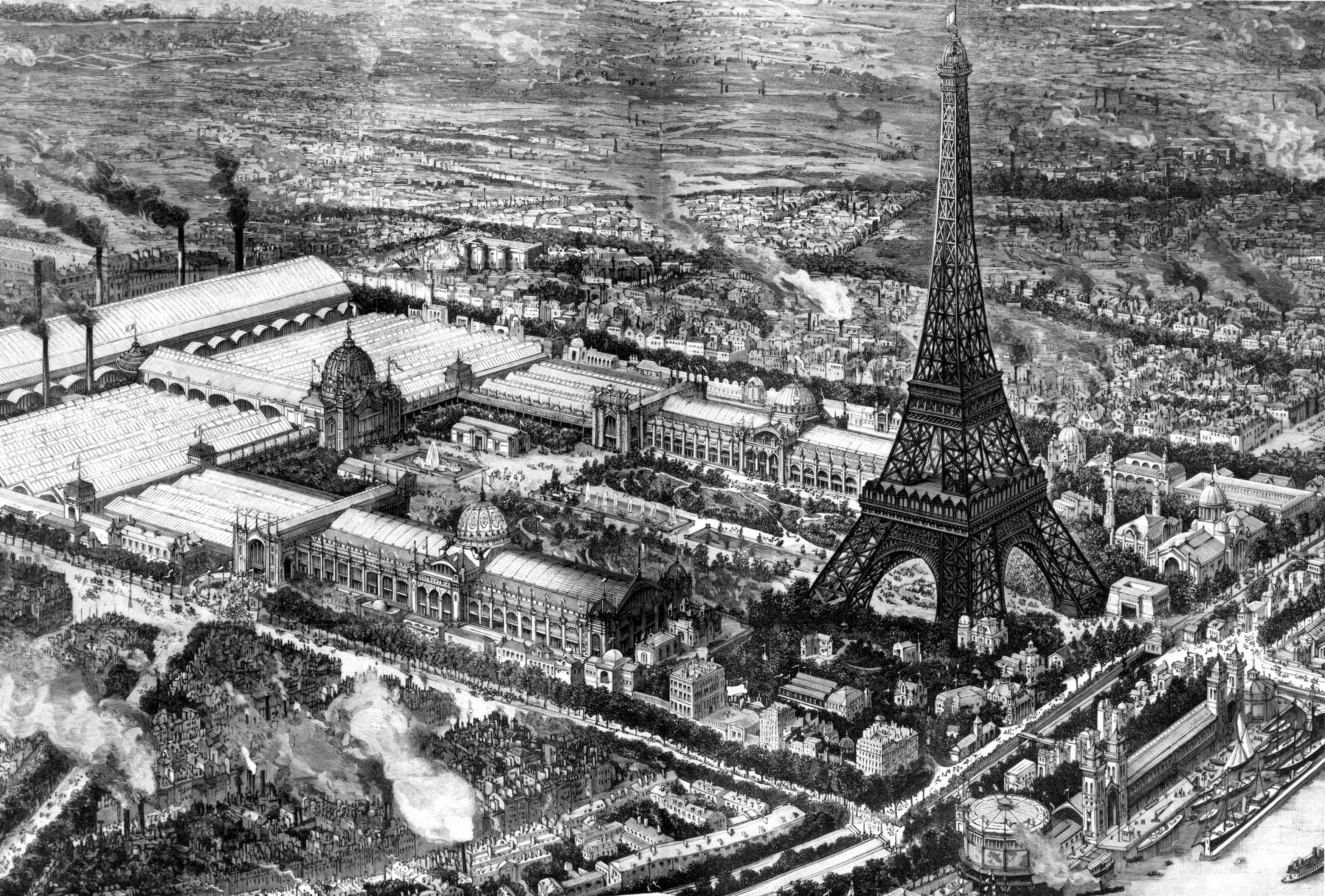Showing off to the world
European governments used world exhibitions to show off their progress and accomplishments to other nations. Engineers used these same events to exchange knowledge with like-minded colleagues.
On May 6, 1889 the ‘Exposition Universelle’ opened its gates in Paris. The French proudly displayed the new Eiffel Tower, the technological masterpiece created by engineer Gustave Eiffel. Eiffel constructed the tower with latticed wrought iron, which was very strong and light. Other engineers soon copied this new construction. For instance, Czech engineers built a 60-meter high replica of the Eiffel Tower in 1891 to demonstrate their technological independence from the Austrian-Hungarian Empire.
The numerous world exhibitions held in the nineteenth and twentieth century were an inherently European undertaking. The quickly growing nationalistic sentiments across Europe from the mid-nineteenth century caused rivalries between European states. World exhibitions were an ideal way in which one nation could stand out from another.
Engineers had a different interest in the ‘Exposition Universelle,’ which hosted 87 out of the 97 international scientific and technical congresses held that year. During these congresses, engineers sought, among other things, to standardize telegraph systems and railroad gauges that aimed to transcend local, regional, and national barriers.
While engineers focused on collaboration and knowledge exchange, governments wanted to outdo their neighbors with increasingly impressive engineering works. Engineers were the way to make this happen.

How to cite this page
Anne-Mirthe Dieudonné, 'Showing off to the world ', Inventing Europe, http://www.inventingeurope.eu/knowledge/showing-off-to-the-world
Sources
- Trischler, Helmuth and Martin Kohlrausch, Building Europe on Expertise. Innovators, Organizers, Networkers, Basingstoke: Palgrave, 2014.





